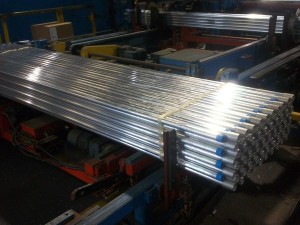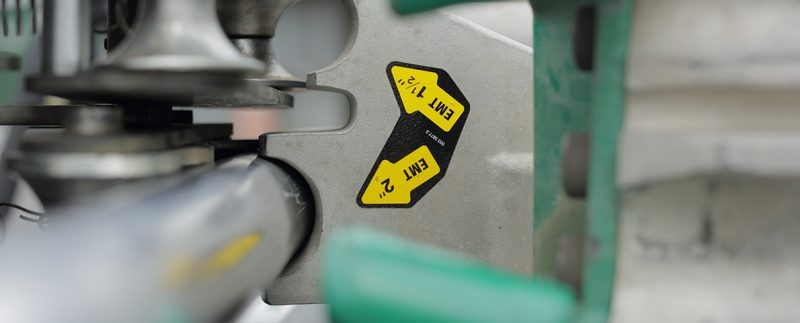When considering aluminum EMT vs. galvanized rigid conduit (GRC), the choice will be clear – aluminum will win every time. At American Conduit, we’re the leading manufacturer of aluminum conduit. So, you could say we’re biased. But when you see all of the advantages of aluminum, you’ll very likely believe this incredible material will be the superior choice.
A Quick Look at American Conduit
 Our company has been in business for more than four decades, serving as the go-to source for aluminum conduit for organizations across the United States. When you order from us, you can rest assured you’ll receive your conduit on time and at an affordable price. Just as important, you’ll always be able to rely on American Conduit to have what you need.
Our company has been in business for more than four decades, serving as the go-to source for aluminum conduit for organizations across the United States. When you order from us, you can rest assured you’ll receive your conduit on time and at an affordable price. Just as important, you’ll always be able to rely on American Conduit to have what you need.
We can say that because we have about a million pounds of aluminum conduit in stock at all times, thanks to the fact we’re part of Hydro – the global leader in aluminum extrusion. In addition, we have a nationwide network of distributors as well as warehouses. No matter where you’re located, we’ll be able to deliver on your timetable.
Aluminum EMT and Rigid Conduit
Many people refer to EMT (electrical metallic tubing) as “thin-walled tubing.” Whatever you call it, EMT is incredibly effective. American Conduit recently unveiled its revolutionary PullEase EMT. Just as the name implies, PullEase makes pulling wiring more efficient than ever before. There’s no need to lubricate the inside of PullEase, unlike other types of EMT. You’ll finish installations much faster as result.
EMT is best suited for indoor use. However, it can also be used outside as long as its clamps and fittings are made of materials that are resistant to corrosion.
Aluminum rigid conduit, on the other hand, is a much thicker form of conduit, designed primarily for outdoor applications. It can take the pounding of accidental impacts, and is rugged enough to withstand extreme temperatures, as well as moisture.
Why Aluminum Beats GRC
GRC is steel conduit that needs a special (and very costly) coating to protect it from rust and corrosion. If steel is untreated, it will degrade to the point to where wires and cables will be exposed to the elements.
Aluminum doesn’t need to be treated with any sort of expensive coating. It has built-in protection from corrosion, courtesy of a natural coating of aluminum oxide. You can install it in the wettest, most corrosive environment as a result.
But there are many, many other reasons aluminum is clearly superior to steel – even galvanized steel. These are just a couple to consider.
- Cost – Aluminum conduit costs up to 60 percent less per foot than steel. You’ll not only be saving on materials, you’ll also save on shipping if that should ever be needed.
- Weight – This is the biggest reason aluminum is so much less expensive than steel. Aluminum is only a third the weight of steel. It’s also far easier to maneuver and install. You’d probably need two or three workers to install the average 10-foot length of steel conduit, because it weighs nearly 100 pounds. A 10-foot section of aluminum conduit only weighs in at about 34 pounds. It doesn’t take much of an efficiency expert to see how you could slash your labor costs.
If you have any questions regarding aluminum EMT vs. galvanized rigid conduit (GRC), contact American Conduit online or call 1-800-334-6825.

